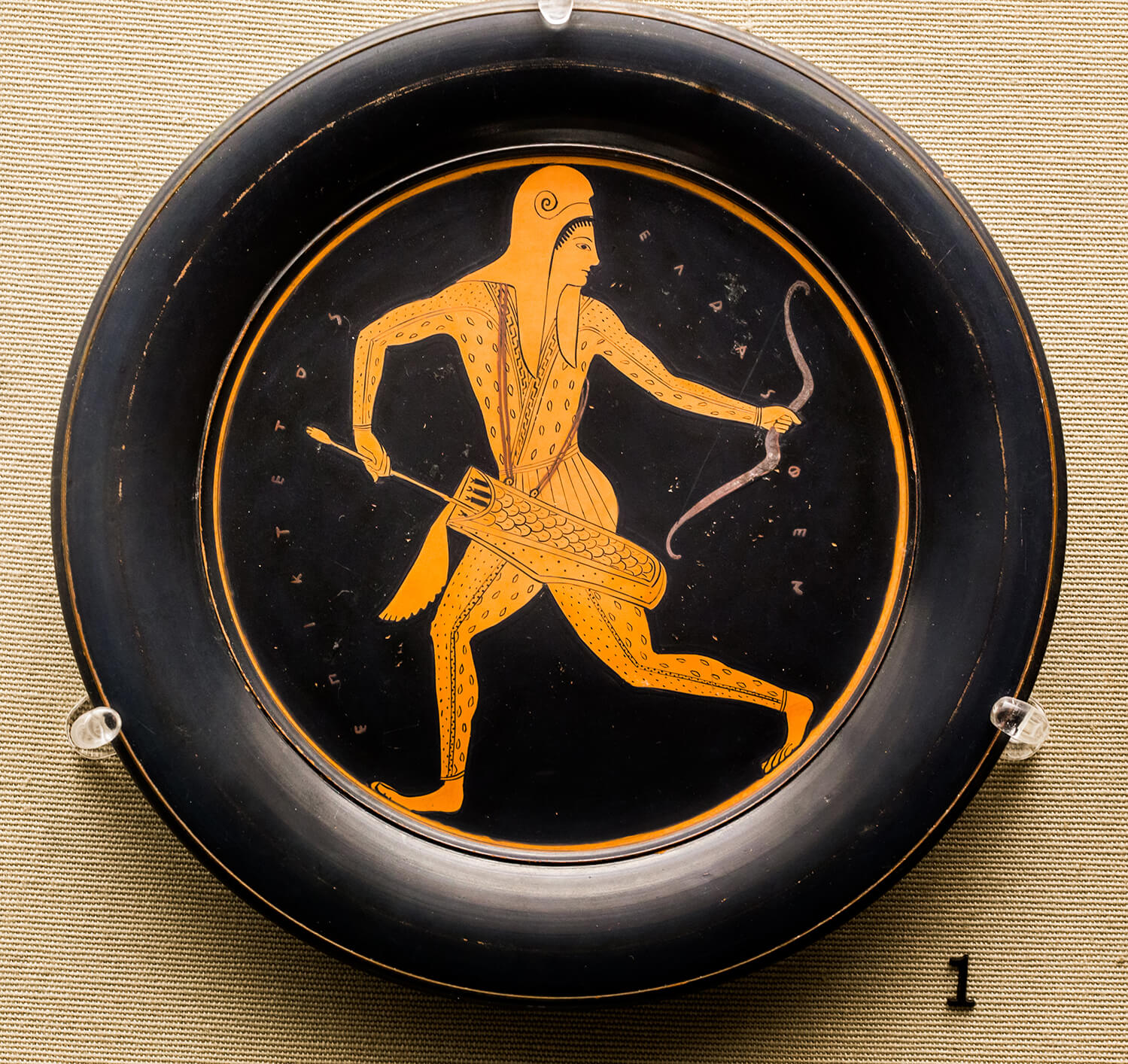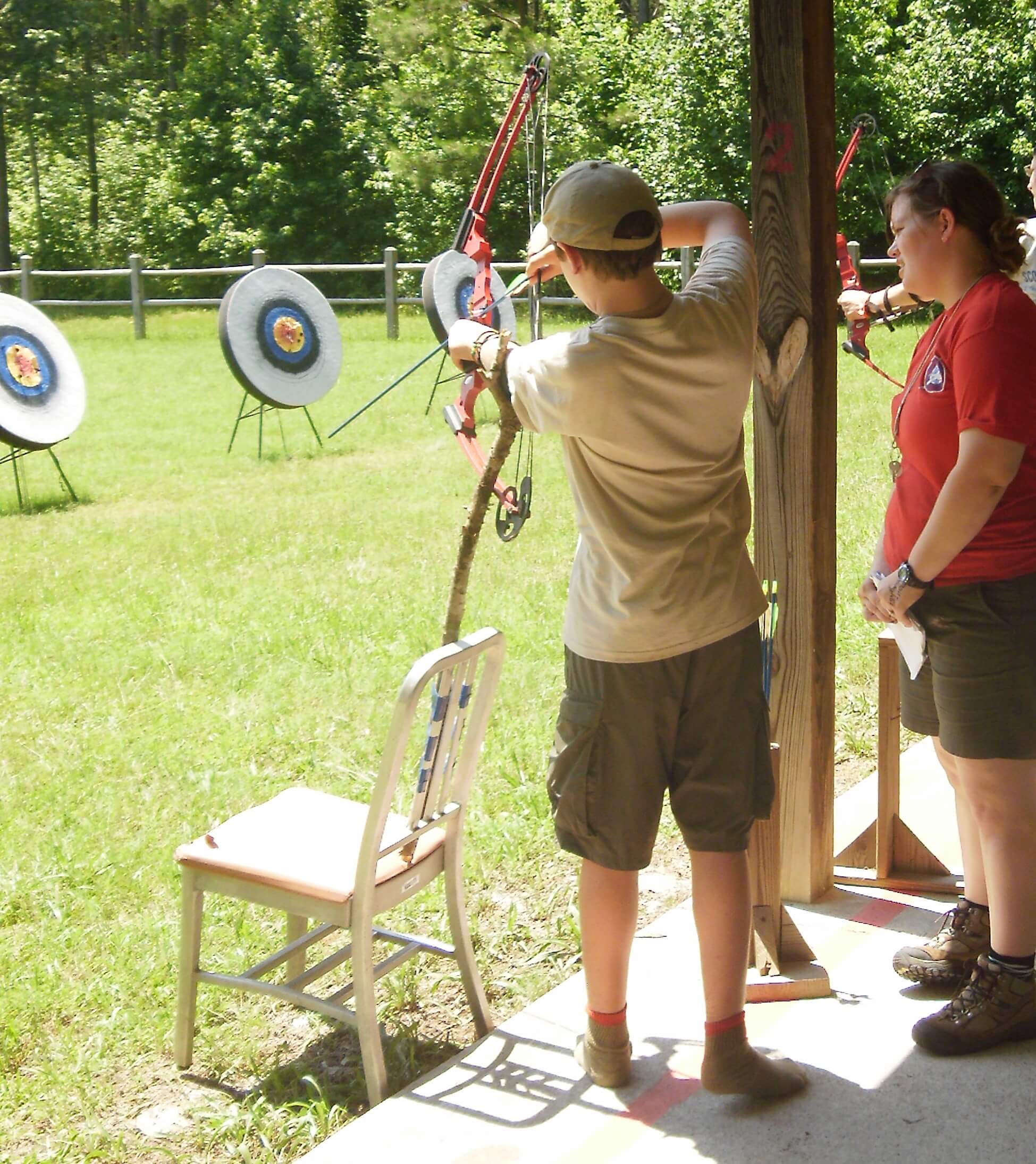
Esoteric
by Kevin Gecowets
That was the word used to describe my work in creative problem-solving and innovation.
“That esoteric stuff you do.”
It rang in my ears as a polite dismissal. Translation:
“Creativity isn’t a real business competency like efficiency, profitability, and strategy.”
Yet, upon reflection, esoteric may just be the perfect word to describe the unique and transformative world of creativity and innovation.
- How often have you wished technically competent people were more adept at soft skills and people stuff?
- How much time and energy have you spent solving the wrong problem?
- Have you lost count of the number of times well-thought-out plans go sideways?
Creativity, problem-solving, and critical thinking are top priorities for the workplace according to chief executives surveyed by the World Economic Forum, McKinsey and Company, the Asian-Pacific Economic Cooperation, Adobe, and others. Yet we are still training future leaders for the demands of the last century.
The Oxford Dictionary defines esoteric as “designed for, or appropriate to, an inner circle of advanced or privileged disciples”. However, something being esoteric does not necessarily mean it is highly complex, or unapproachable.
I was observing a young Scout trying to earn his archery merit badge at summer camp. He had completed the knowledge portion of the merit badge, learned all the safety rules, and even made his own arrows. All that remained was the requirement to hit a target at a prescribed range and achieve a predetermined score. He showed grit and determination as he repeatedly tried to shoot the arrow, but there was a problem. His left arm was partially paralyzed from birth. His right arm had the strength to hold the bow steady or draw the bowstring, but his left arm could not perform the accompanying action that enabled him to do both at the same time.
After observing his struggle and frustration I used some esoteric knowledge gained from years of musical training and Scouting. I improvised.
Step one was to Identify the real problem. My young friend’s straightforward task was to draw the bow with sufficient strength to launch an arrow. This challenge didn’t require advanced technical knowledge in bioengineering, physical therapy, mechatronics, or prosthetics. Frankly, I wasn’t even an adequate enough archer to coach him.
Step two was to gather data and resources. I looked around and spotted a few things that could help. A roll of duct tape, a chair, and an assortment of branches on the forest floor. I asked the Scout if he was willing to try an experiment. We asked the merit badge counselor if he could use a splint or brace to pass the test. She said yes as long as we didn’t assist him with holding the bow.
Step three was to determine the real nature of our challenge. We were not fixing a Boy Scout (he was a perfectly awesome Boy Scout already). We were not altering the requirements for the Merit Badge (that would be insulting to a perfectly awesome Boy Scout). We were finding a way to make it possible for the perfectly awesome Boy Scout to fully draw a bowstring.
Step four was to come up with a good idea. The three of us thought of some crazy ideas, including duct-taping a stick to his left arm so he could hold the bow straight. We had a good laugh imagining him with an exoskeleton made of tree branches. Deciding there were too many negative side effects of duct-taping a Boy Scout to a branch we started thinking of variations on that theme. We concluded it was probably better to duct tape a chair than a Boy Scout.
Step five was developing and prototyping our solution. After a few trials that included sticks breaking in half, duct tape ripping apart, and a chair falling over, we finally settled on a design using a branch with a Y at the end duct taped to the back of a chair. This proved sufficiently strong to enable him to hold the bow steady with his left hand while his right arm nocked (loaded) an arrow and fully drew the bowstring.
Step six was the implementation of our plan. After a few tries, my young friend hit a target that was yards further than he had ever shot an arrow before.
He hit his target repeatedly.
He earned his merit badge.

A little esoteric knowledge about improvisation, a small diverse team, and some gritty perseverance resulted in a miracle.
Boy Scout camp is not the business world, but adaptive challenges are. Imagine how some applied creativity might help make the most of scarce resources, utilize the knowledge of a diverse team of professionals, and find crazy good solutions to wicked problems.
Who wants to be a part of an exclusive inner circle that knows how to shape the future?
You know… Esoteric.
